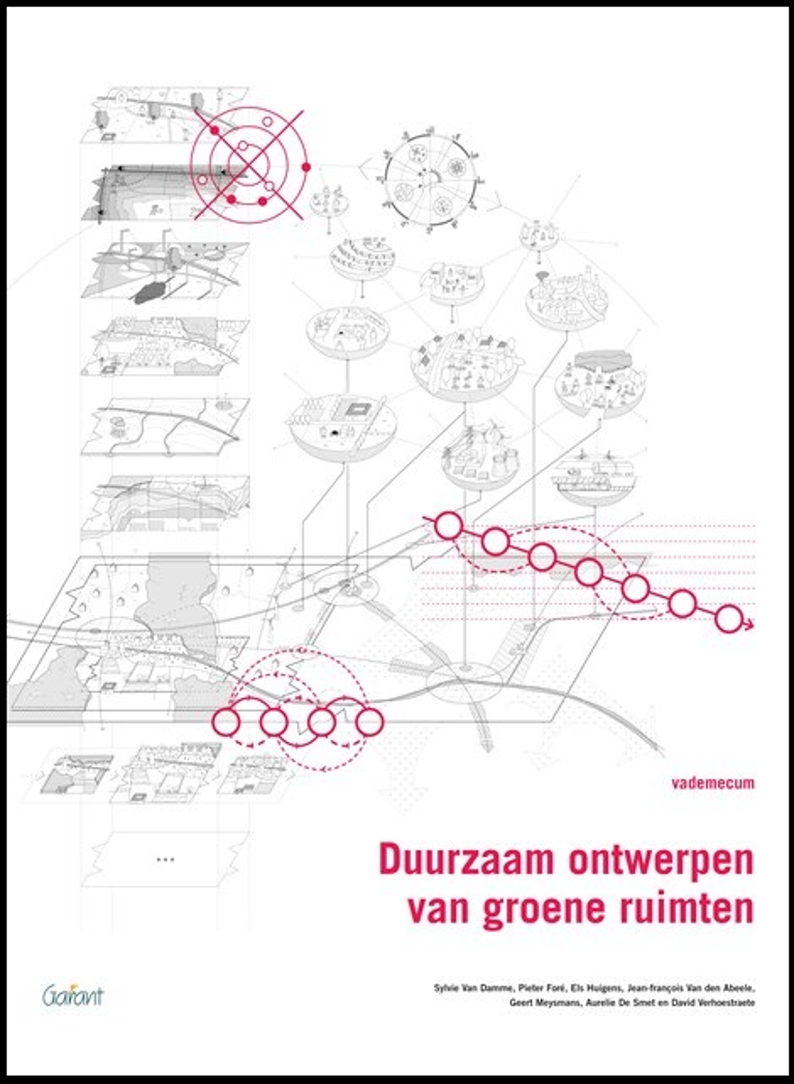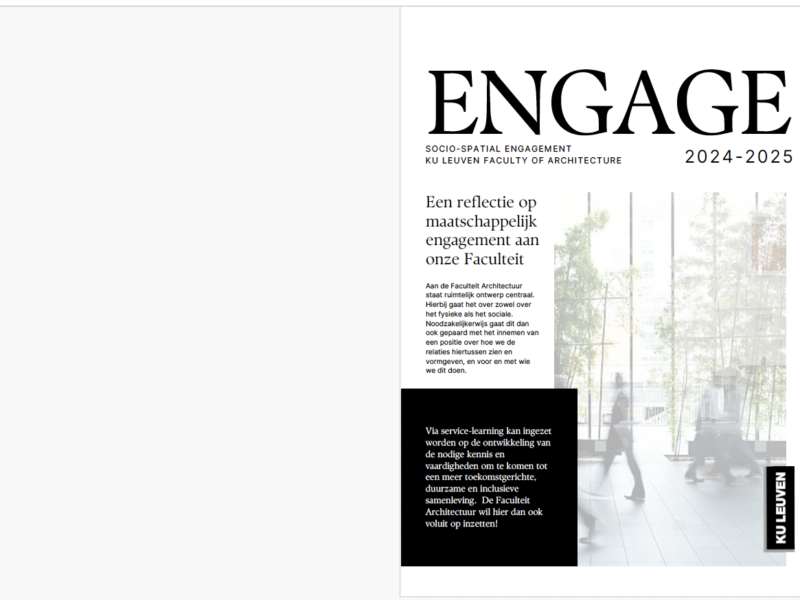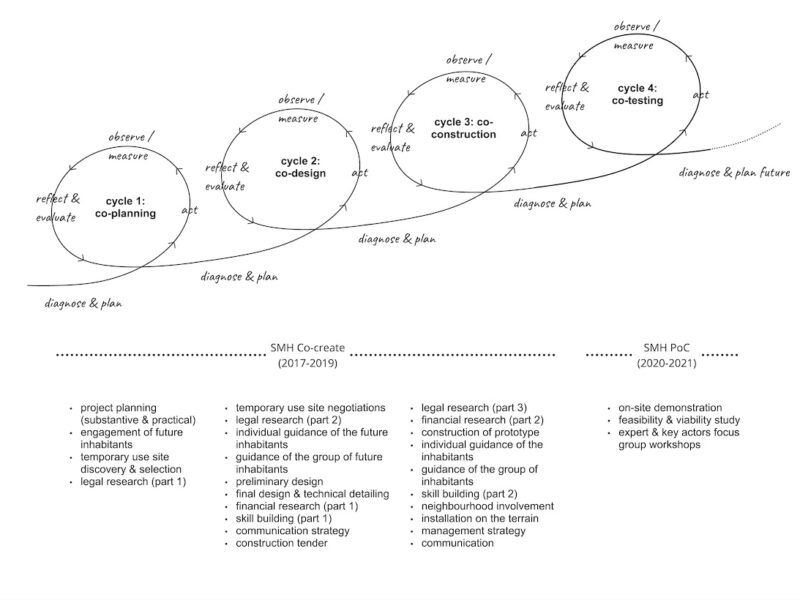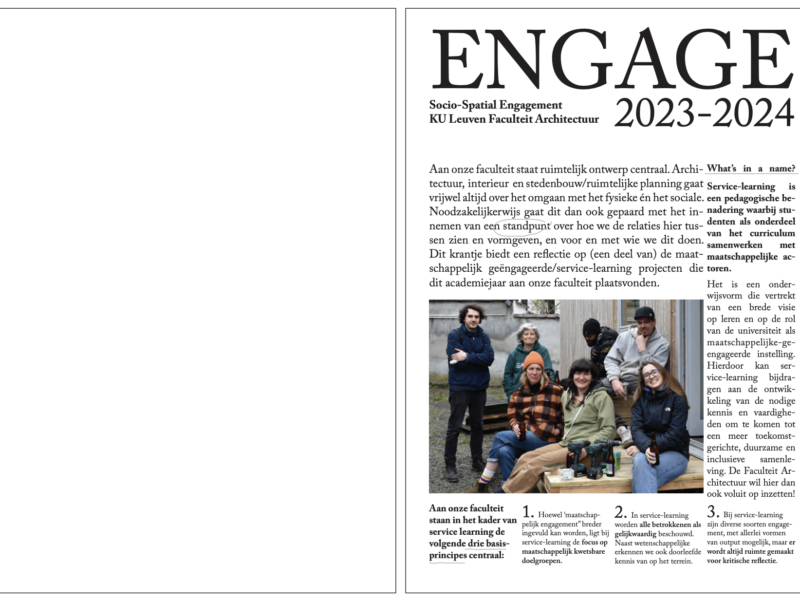‘Vademecum. Duurzaam ontwerp van groene ruimten’ is the closing work in a series of vademecums by the Agentschap voor Natuur & Bos. Unlike the other, more technical books in the series, this volume offers guidelines for green space design. The book is based on the ambition of sustainability.
The ‘Vademecum’ starts with discussing several key notions related to green space design and sustainability. It then demonstrates how an integrated synthesis of multi-scale, multi-layer and multi-functional design can lead to qualitative and sustainable green spaces. In this context, specific attention is paid to practical ‘tips and tricks’. Furthermore, this book also offers a detailed manual describing the green space creation process throughout seven phases. Finally, this volume also contains a toolbox, elaborating on analysis instruments, methodologies, assessment tools and types of plans. Moreover, each part is illustrated with case studies of exemplary projects from Belgium and abroad.
For beginners, such as landscape architecture, architecture, urban planning, and green management students, this vademecum offers a first introduction to the exciting world of green space design. For advanced users, it provides an overview of insights and practical knowledge currently available on this theme. For designers, it is a reference work on designing and managing green spaces and the tools available in this context. To green areas managers, ecologists, and other project partners, it provides insight into design as a lever for green space development and the relation between design and management. Finally, this vademecum also inspires clients and project leaders to design green spaces for all kinds of spatial projects.
Type of project:
published book, developed with the support of the Agentschap voor Natuur & Bos of the Flemish Government
Co-authors
Van Damme, S., Foré, P., Huigens, E., Van den Abeele, J.-F., Meysmans, G., De Smet, A. & Verhoestraete, D.
Publisher:
Garant Uitgevers
Publishing date:
2017 (first edition); 2022 (second edition)
Role:
co-author (lead responsible for part 4; reader and commentator for the other parts)



